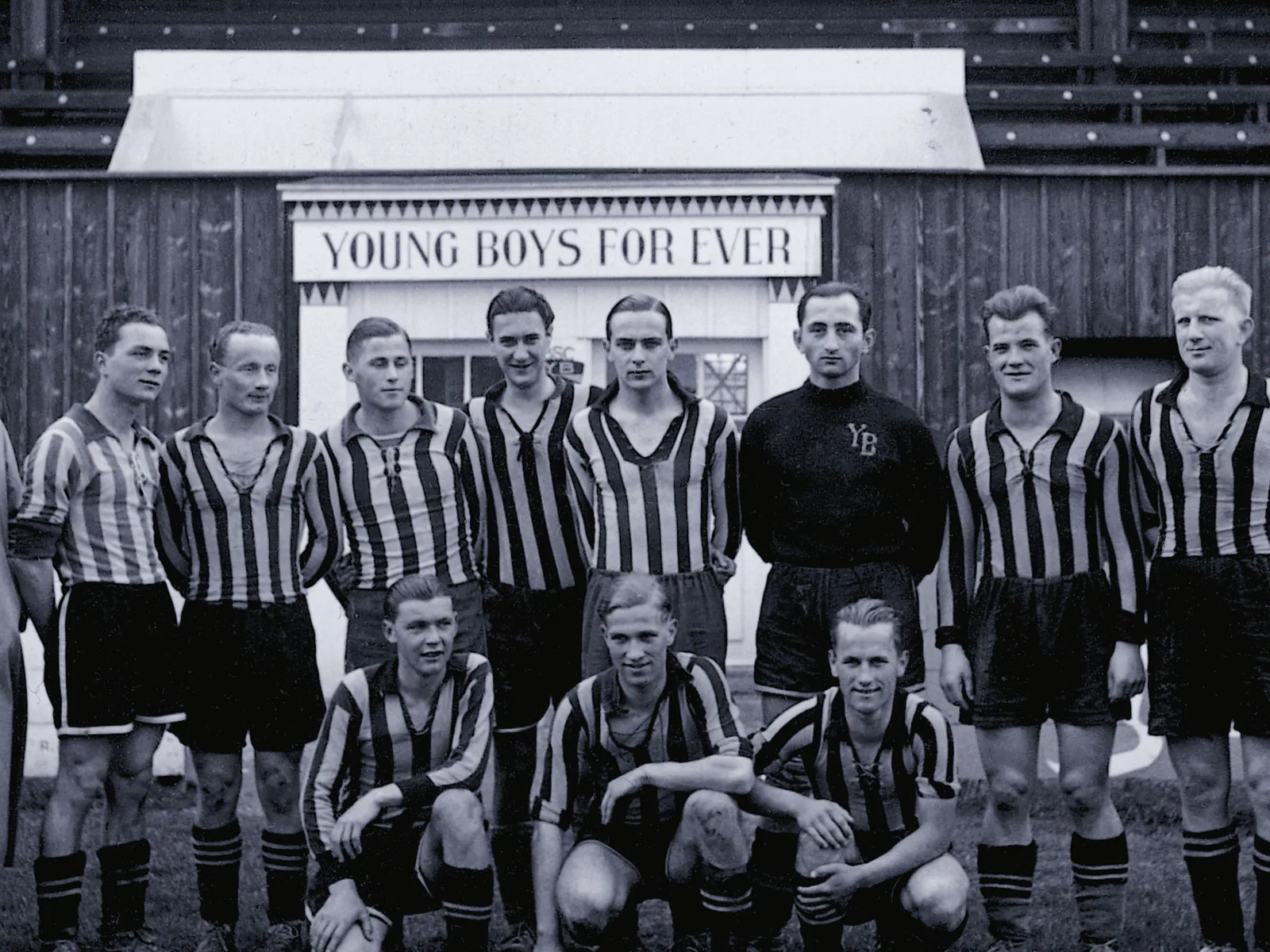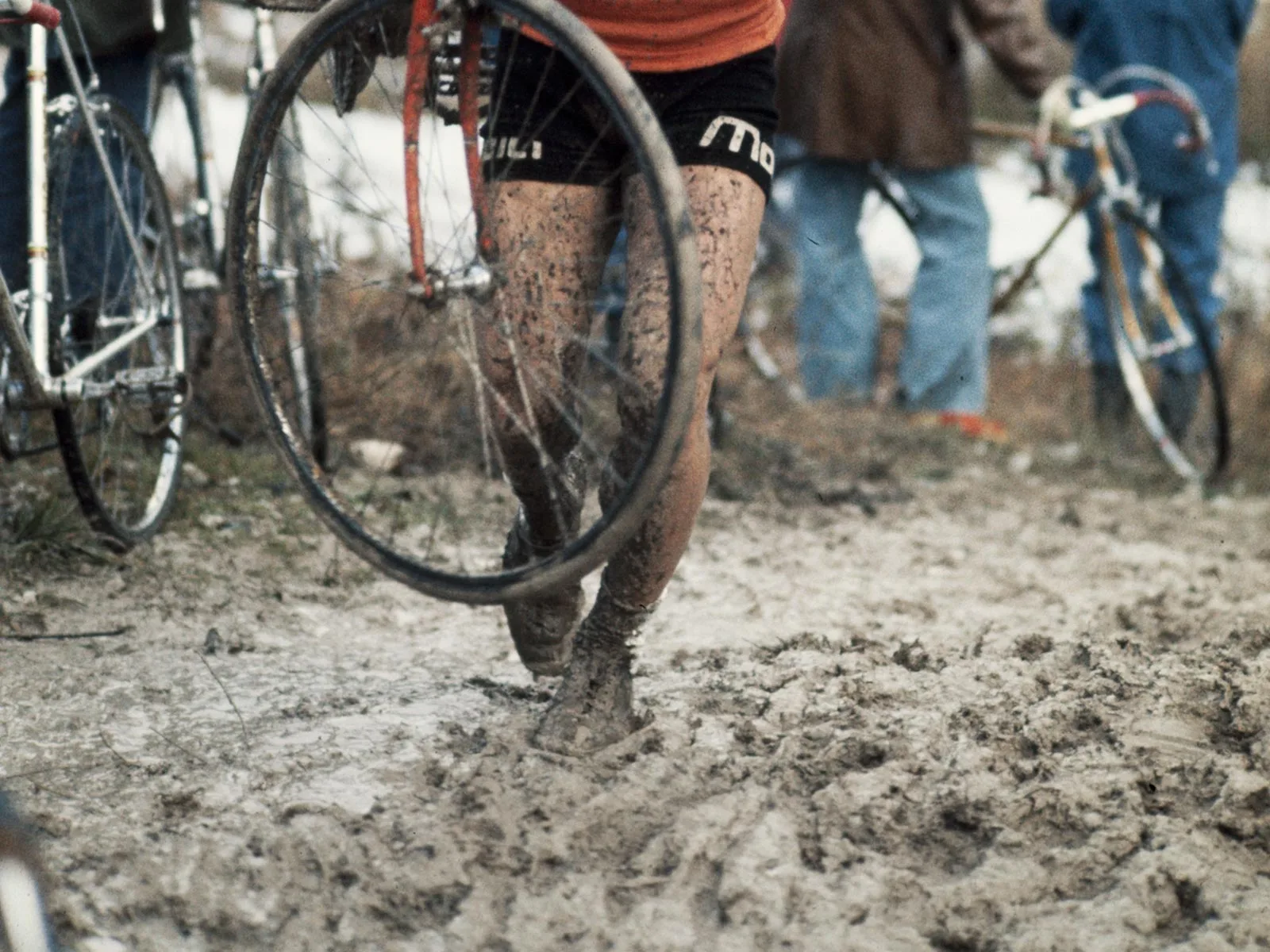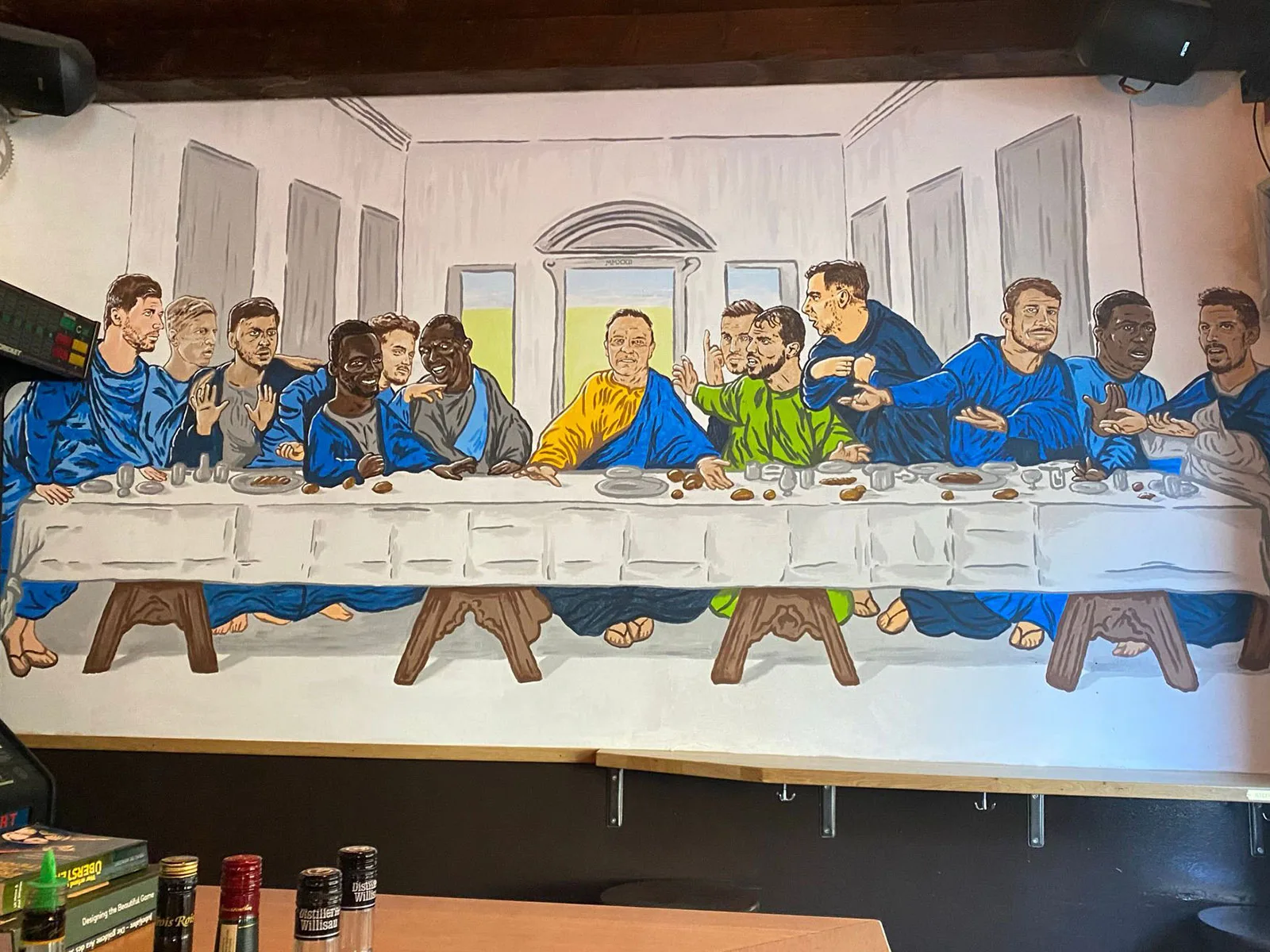
Faith, love, hope: sport and religion
How much religion can there be in sport? And has sport really become a substitute religion? A step back to Swiss wrestling festivals (Schwingfeste), jousting tournaments and monasteries.
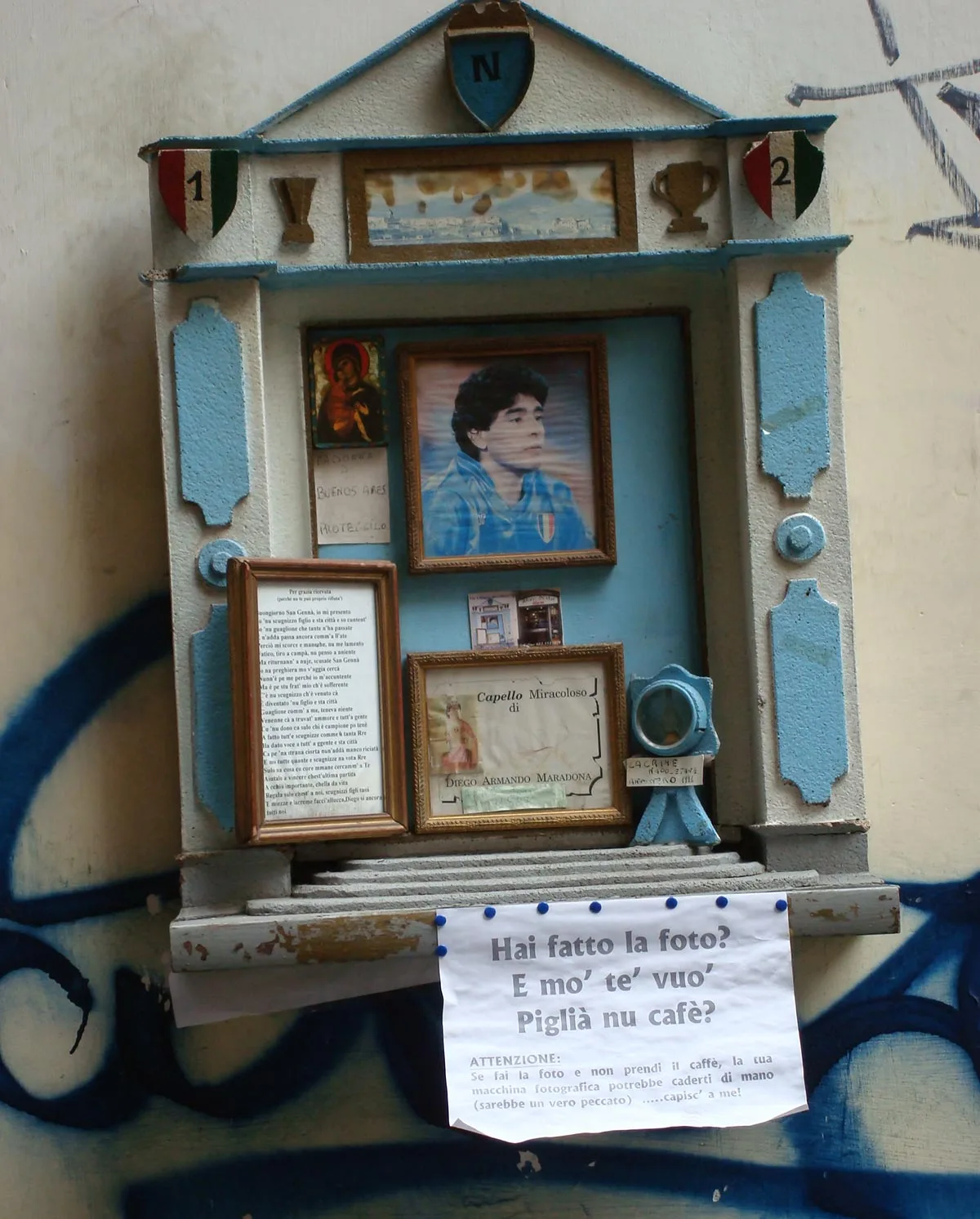
But there’s a deeper dimension to religion, sport and deification. A look back at the history of sport shows that the links between religion and sport used to be closer, or at any rate different. Medieval jousting tournaments, for example, were often held as part of the call to launch or join a crusade. It was, in effect, mobilising the sports-loving masses to wage war in God’s name. The objective of these physical activities was to become a successful, God-fearing soldier in the Holy War.
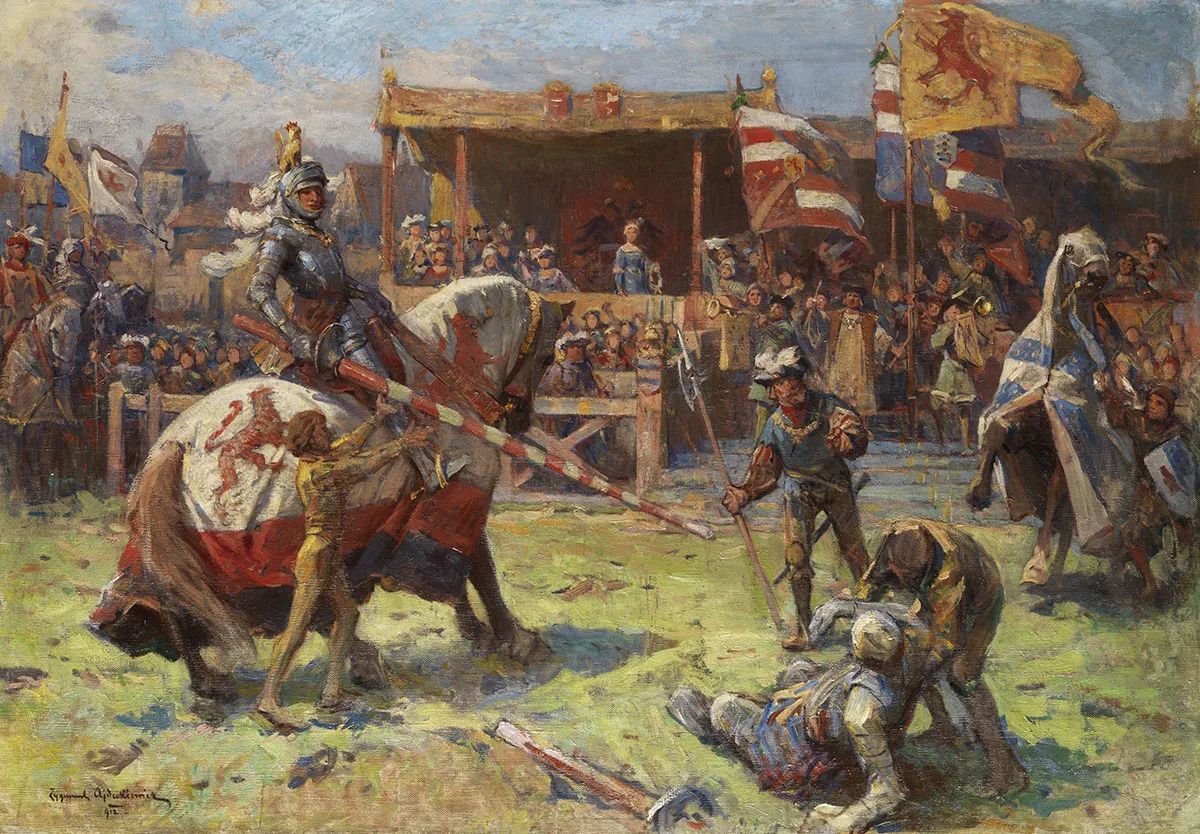
Things were different in the Old Confederation: traditional Schwingfest Swiss wrestling festivals, Steinstossen, the Swiss variant of the stone put, and other competitions among young men were a constant source of vexation for the church authorities. Firstly, because these events always entailed outbreaks of violence and the consumption of excessive amounts of alcohol. And secondly, because playing sports and taking part in competitions on Sundays kept people away from church and supposedly heralded an impending decline in moral standards.
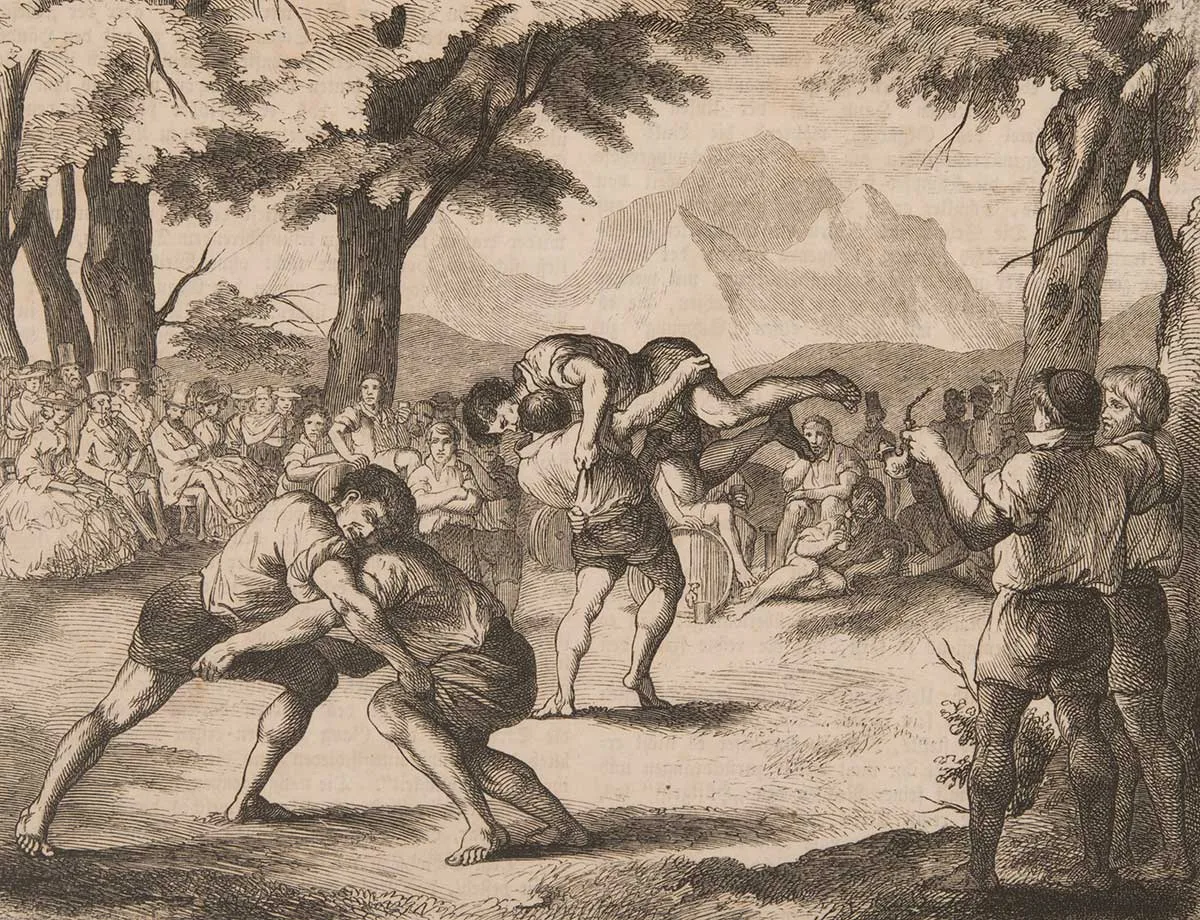
However, moving the sporting events to Saturday brought with it new problems associated with religion. In its early days, Jewish team SC Hakoah, founded in 1921-22, had to fight and ask that the football team not have to play its matches on Saturday (Shabbat). The Zurich Football Association agreed, which then in turn met with resistance from Catholic clubs claiming games shouldn’t be played on Sunday morning because it made it impossible to go to church.
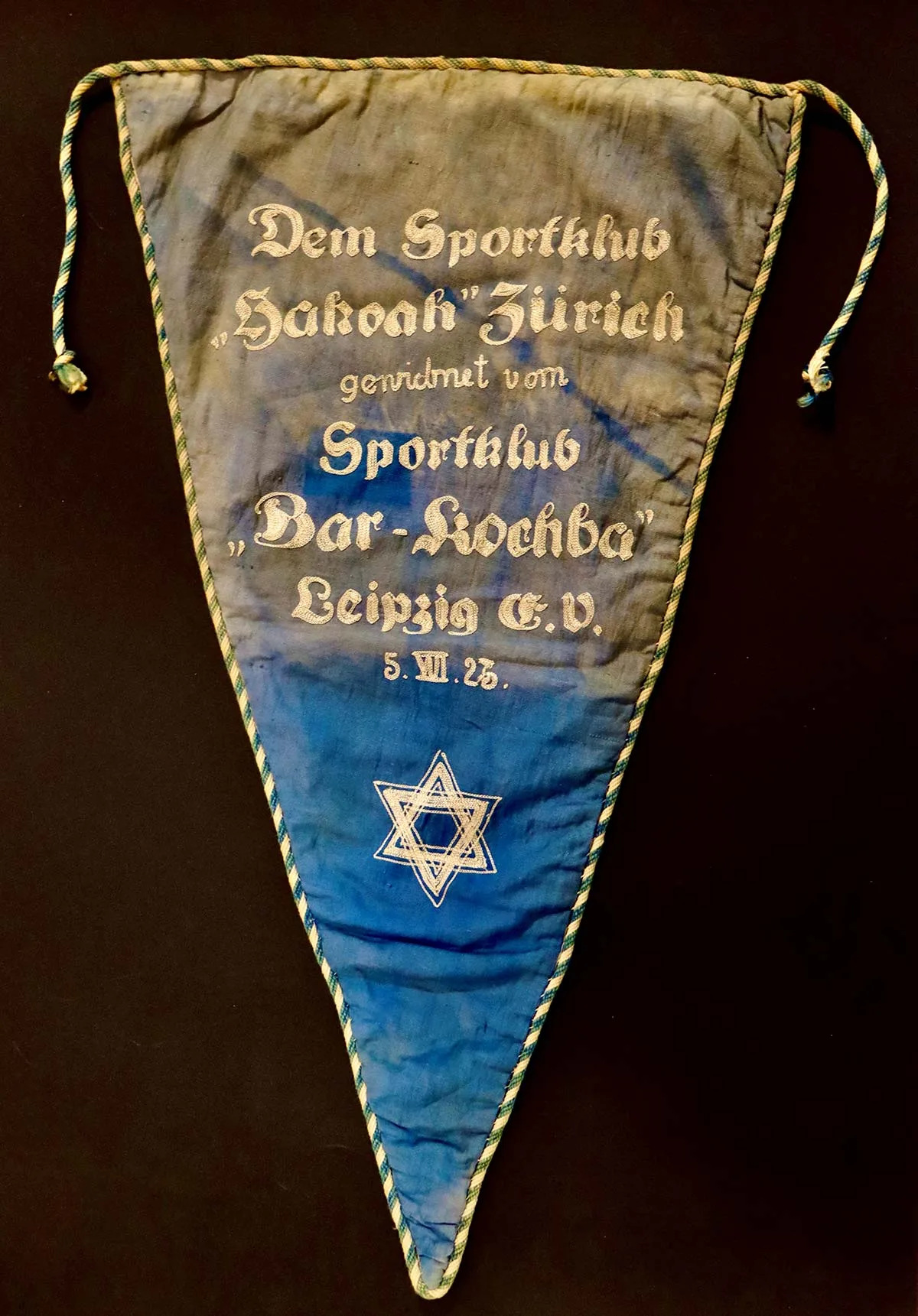
Maradona’s hand goal at the 1986 World Cup was later referred to as the “hand of God”. YouTube
Swiss Sports History

This text was produced in collaboration with Swiss Sports History, the portal for the history of sports in Switzerland. The portal focuses on education in schools and information for the media, researchers and the general public. Find out more at sportshistory.ch


